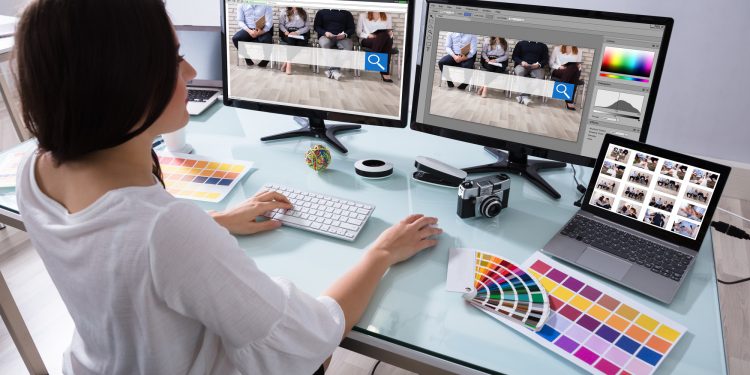
As is the case with all types of visual design, web design is constantly evolving. This is often in line with advancements made in technological capabilities — think of it like a painter discovering a new type of paint brush. Suddenly his work looks radically different to what it did a few years ago.
The effects of this phenomenon are well understood. If your website looks a little outdated, it’s likely to have a negative impact on customer’s perceptions of your company and brand.
As a leading web design company in Melbourne, Newpath Web we have a passion for building modern, engaging websites that accurately reflect our clients’ culture and services. Our experienced design teams are at the forefront of modern web design, making the most of available tools and technologies to craft beautiful digital experiences. Continue reading to discover the core elements of modern web design that we strive to deliver to our clients.
Branded typography
Typography is one of the best ways of conveying mood and brand. Business owners may not realise it, but their choice in typography says a lot about their culture, products and services. A clean, modern, sans serif typeface, for example, suggests that your company is contemporary and has their finger on the pulse. An old-fashioned, italicised, serif type, on the other hand, imparts a sense of classic traditionalism.
If you run a tech company, opting to use, for example, Times New Roman on all of your branded materials will result in quite a jarring experience for your customers.
Selecting a font that accurately reflects your company takes time, but it is an important element of modern web design.
Hero images
A hero image is the term used to describe the oversized banner that sits at the top of a web page. It’s prominent placement means it plays a large role in dictating the mood of your website and business to potential customers.
As the saying goes, a picture tells a thousand words, which means your choice in hero image is very important. There are a few different categories and types of hero images; your choice should depend on the purpose of your business and what you are setting out to achieve through your website.
If you are an e-Commerce company, opting to feature one of your most popular (and photogenic) products in the hero image is always a good idea. On the other hand, if you provide a particular service — for example, aged care — you might want to consider evoking emotion through an image featuring your facility residents.
Be sure that your hero image is the correct resolution and does not have a negative effect on page load times.
Semi-flat design
Flat design emerged in the early 2010s, in response to the popular school of skeuomorphism that had dominated early days of web design.
Flat web design creates a minimalist interface with clean, simple typography and a basic colour scheme. Microsoft was one of the earliest proponents of flat design, and other tech companies, including Apple and Google, quickly caught on.
Fast-forward ten years and flat design is still one of the most popular forms of web design. However, recently designers have been experimenting with adding shadows, bevels, and shading to icons to help them pop slightly from the page. This genre of design is sometimes called neomorphism and it is expected to continue to evolve over the next few years.
Hamburger menus
With the rising popularity of minimalism, web designers are always looking for ways to reduce clutter. One such way is through the hamburger menu.
You will have definitely seen a hamburger menu before, even if you don’t quite know what it is. A hamburger menu is an icon featuring three horizontal lines sitting on top of each other — like a hamburger! Clicking on this icon brings up the menu options.
The hamburger menu is most often used on mobile websites, where designers want to be sure that their users have enough room to navigate the site while still being able to access all the information they need.
Dynamic scrolling
The websites of today barely resemble those of ten years ago. Web users now expect interactivity and an engaging experience when they are browsing online.
Dynamic scrolling is one of the products of this expectation. Simply defined, dynamic scrolling is when the background of a website moves at a slower pace to the foreground. When used correctly, this gives the effect of movement.
Dynamic scrolling is one of those web design features that simply would not have been possible a decade ago, when tech capabilities meant that static web pages were the norm. It prompts the question — what does the future of web design hold?
White space
Another product of the minimalism trend, modern websites typically feature a lot of white, open space.
There are several benefits to this practice. To start with, consumers often respond well to being given the space to navigate a website on their own, rather than being explicitly pointed in certain directions.
A minimalistic design also tends to reduce page load time, as it is not filled with unnecessary features and images.
Take an objective look at your website. If you were a consumer, would you trust this company? Are you excited by what they have to offer? If the answer to either of these questions is no, it might be time to consult a web design company in Melbourne — such as Newpath Web — to see how your online presence can be brought into the 21st century.





